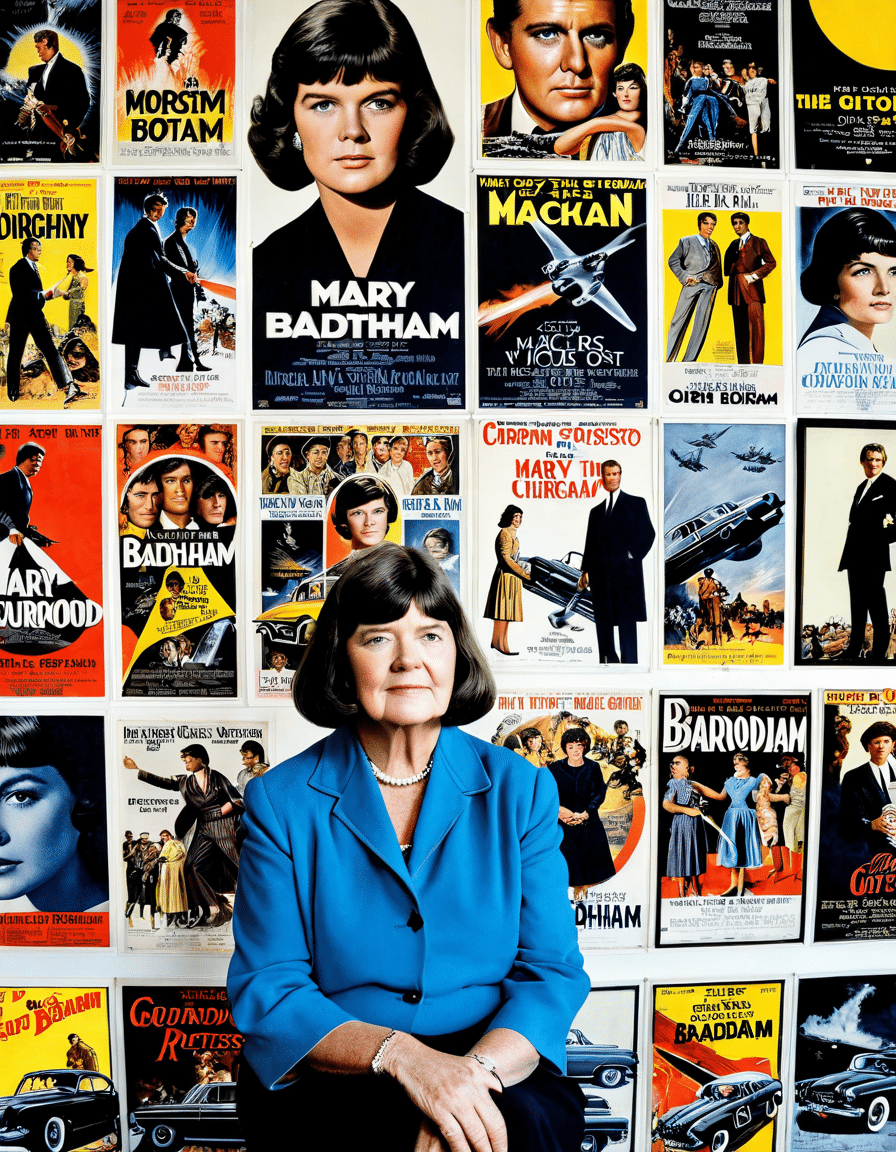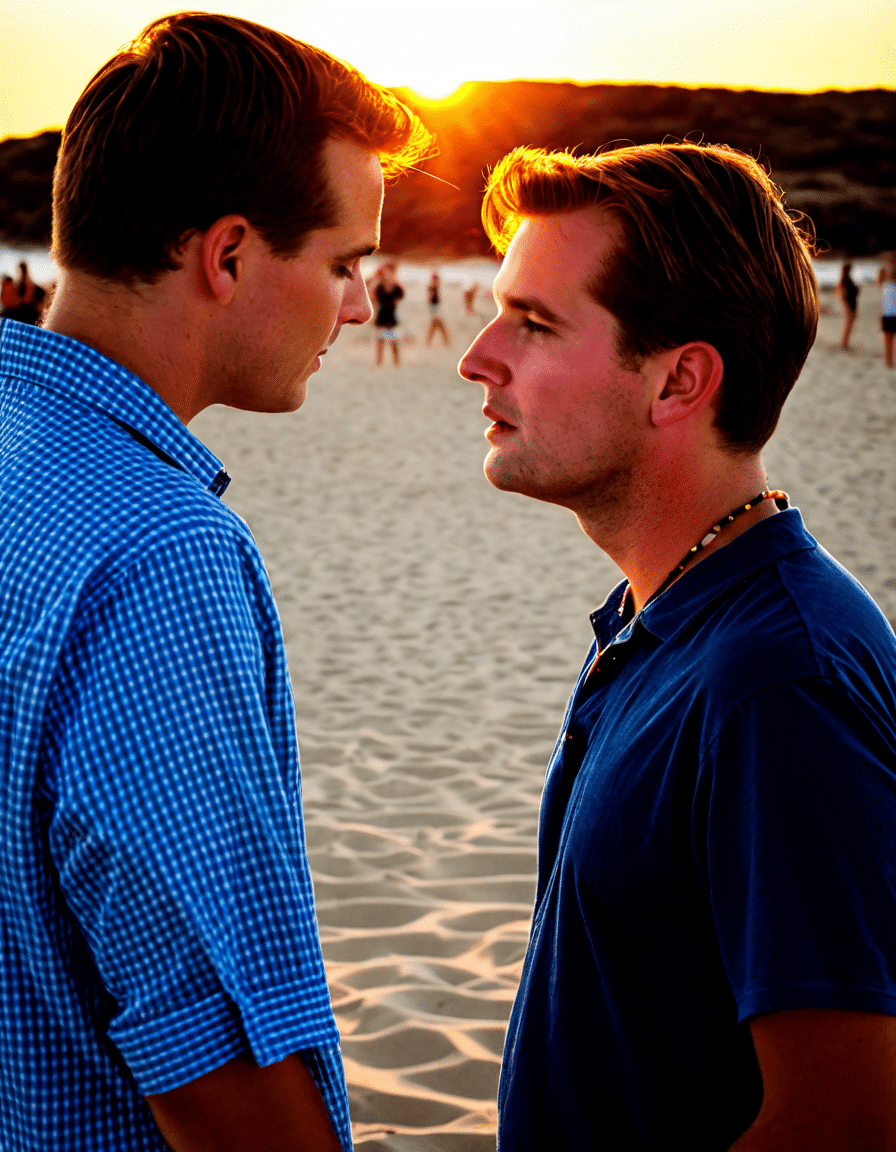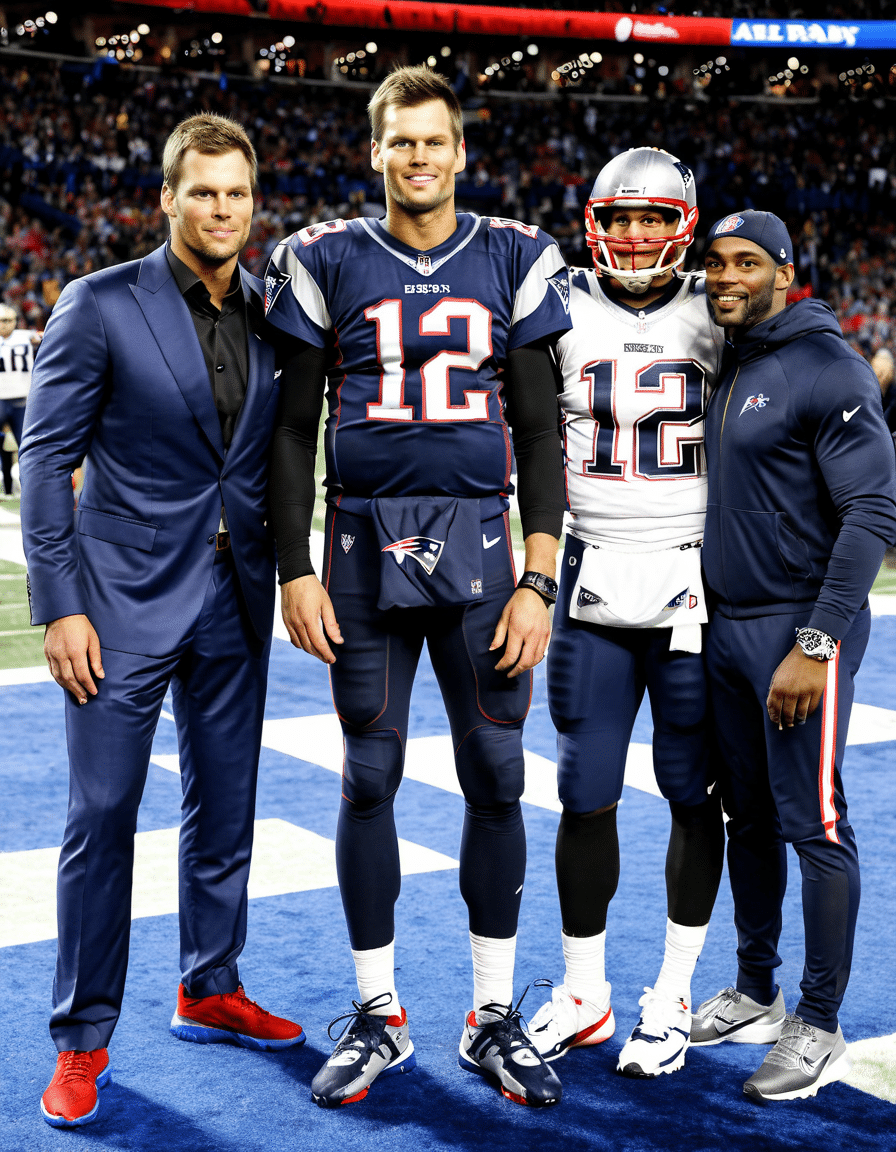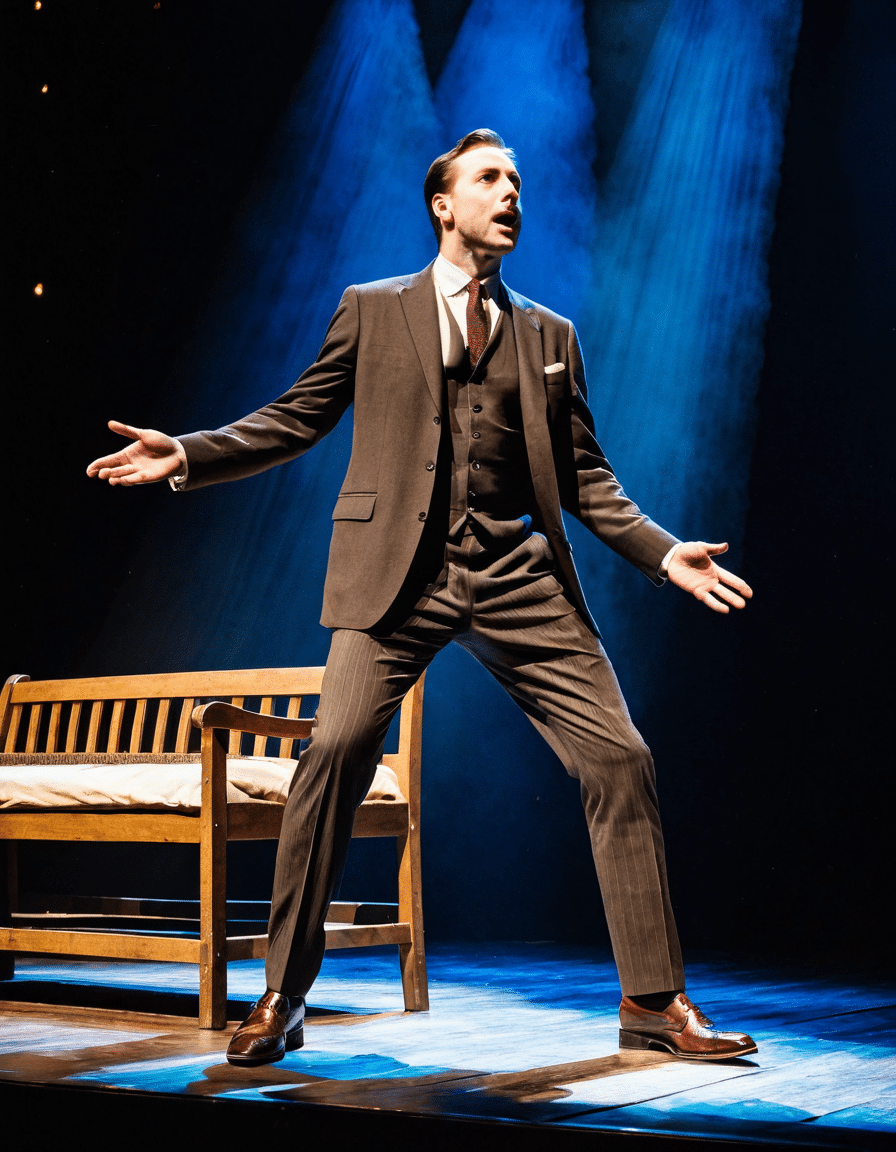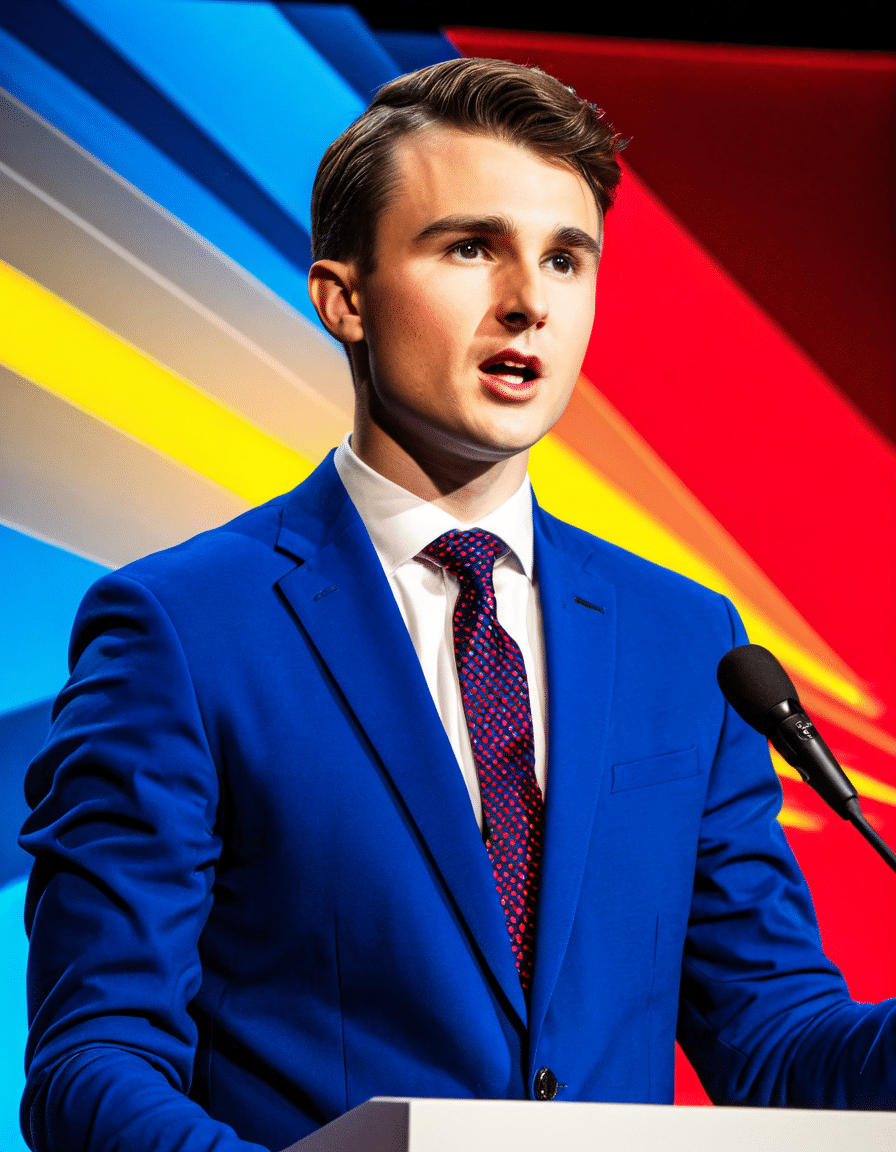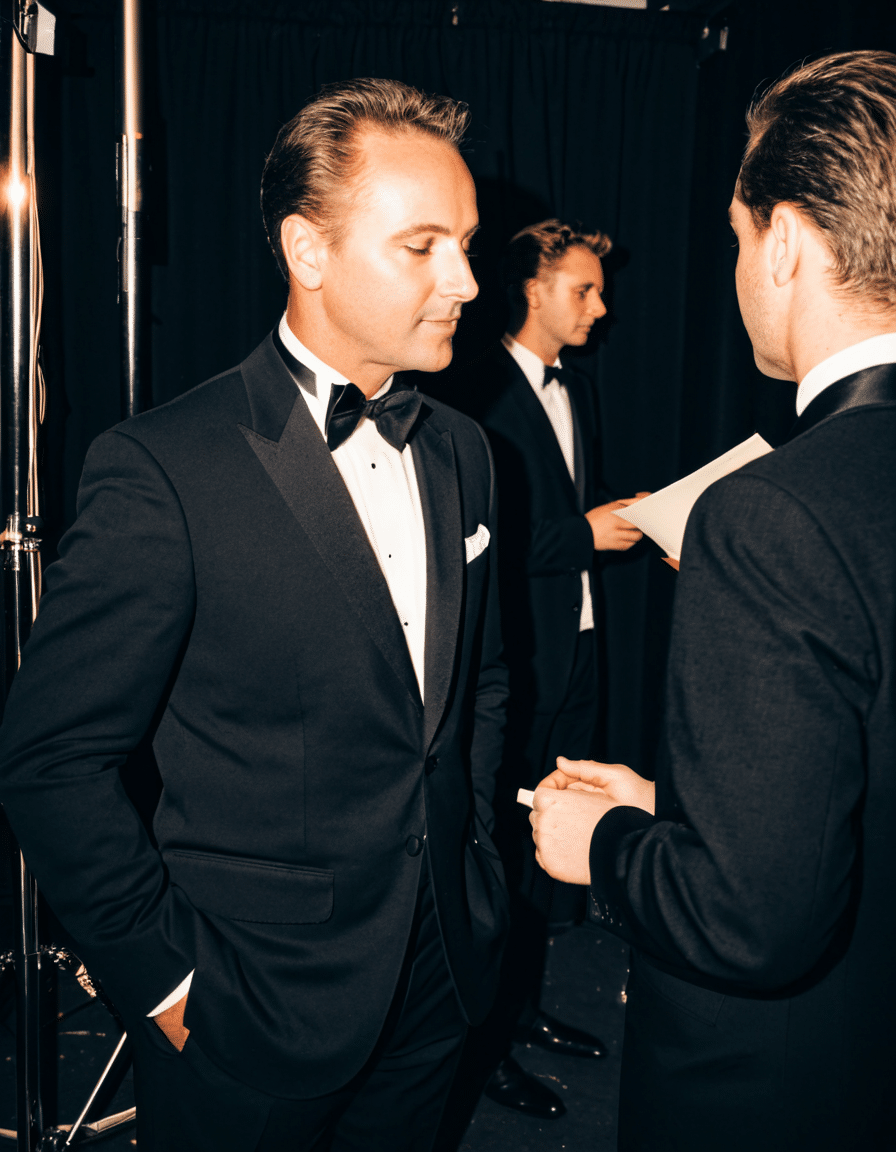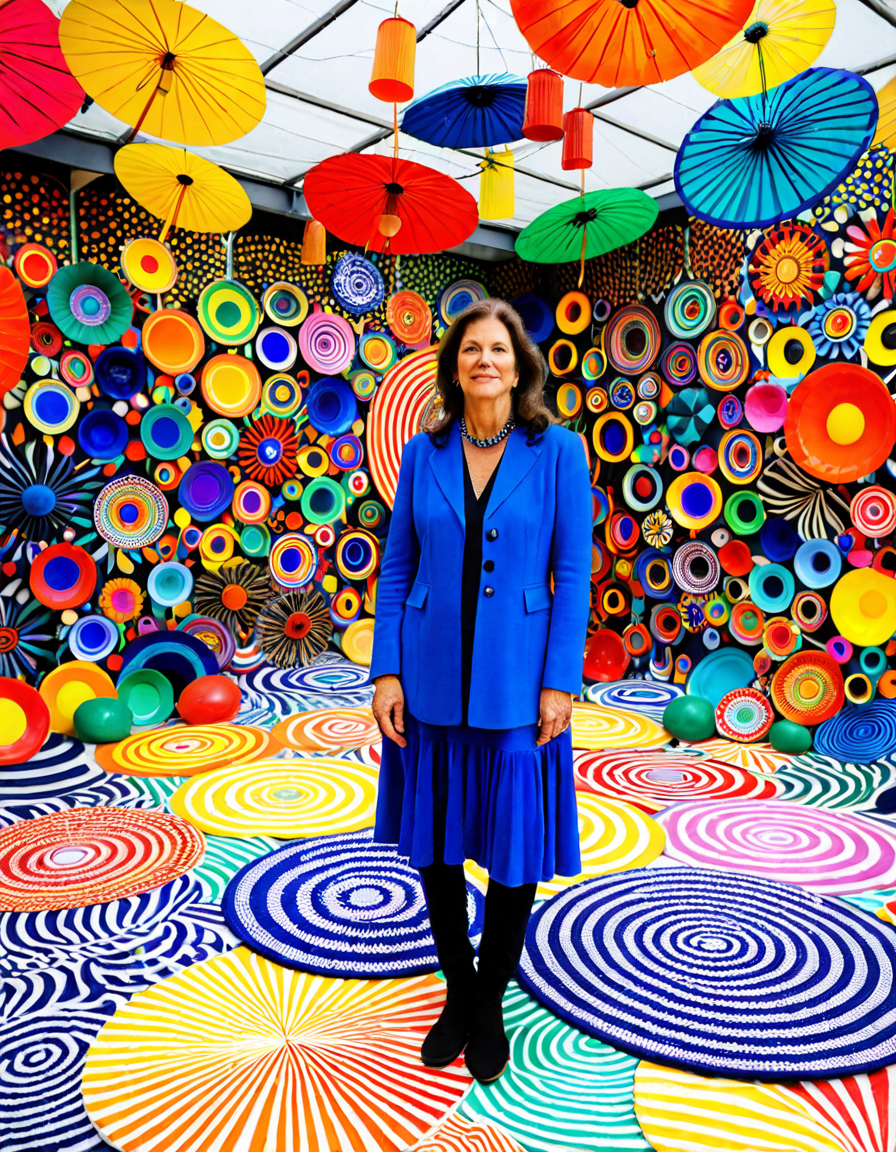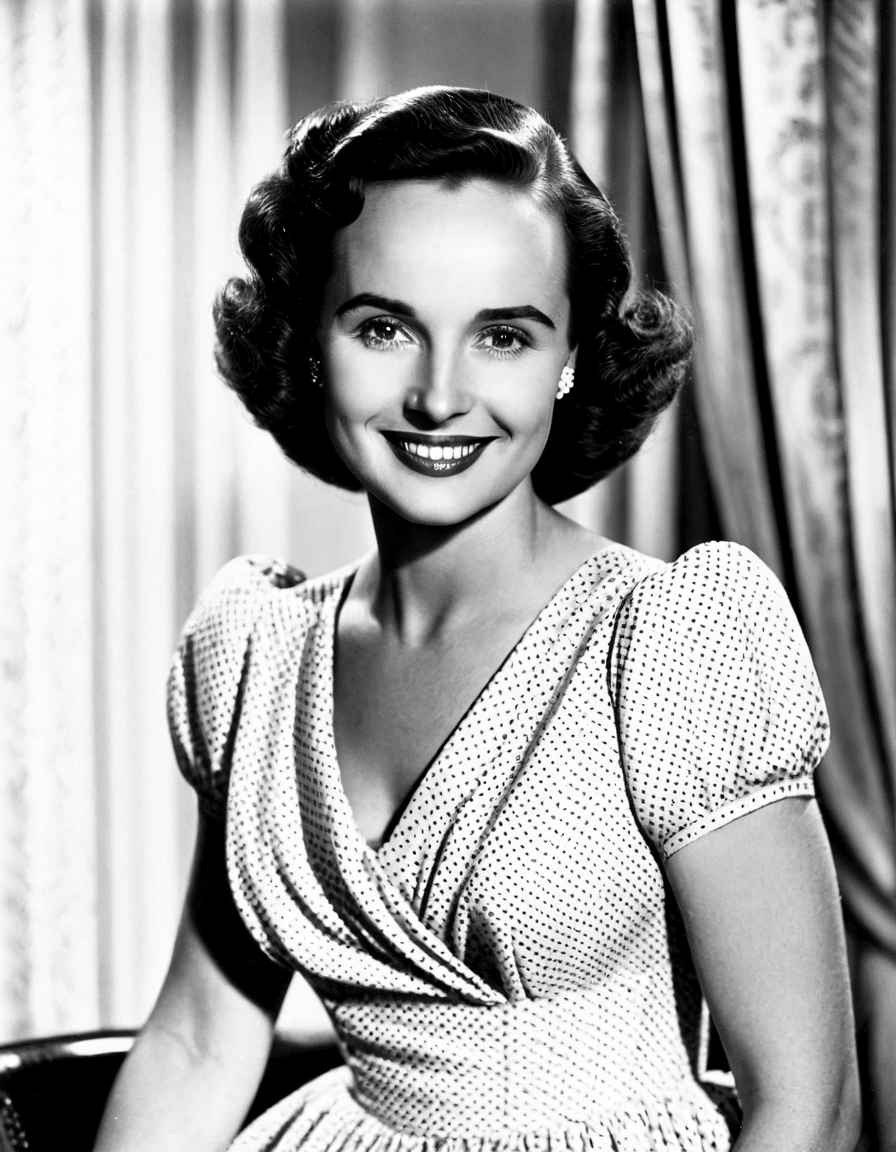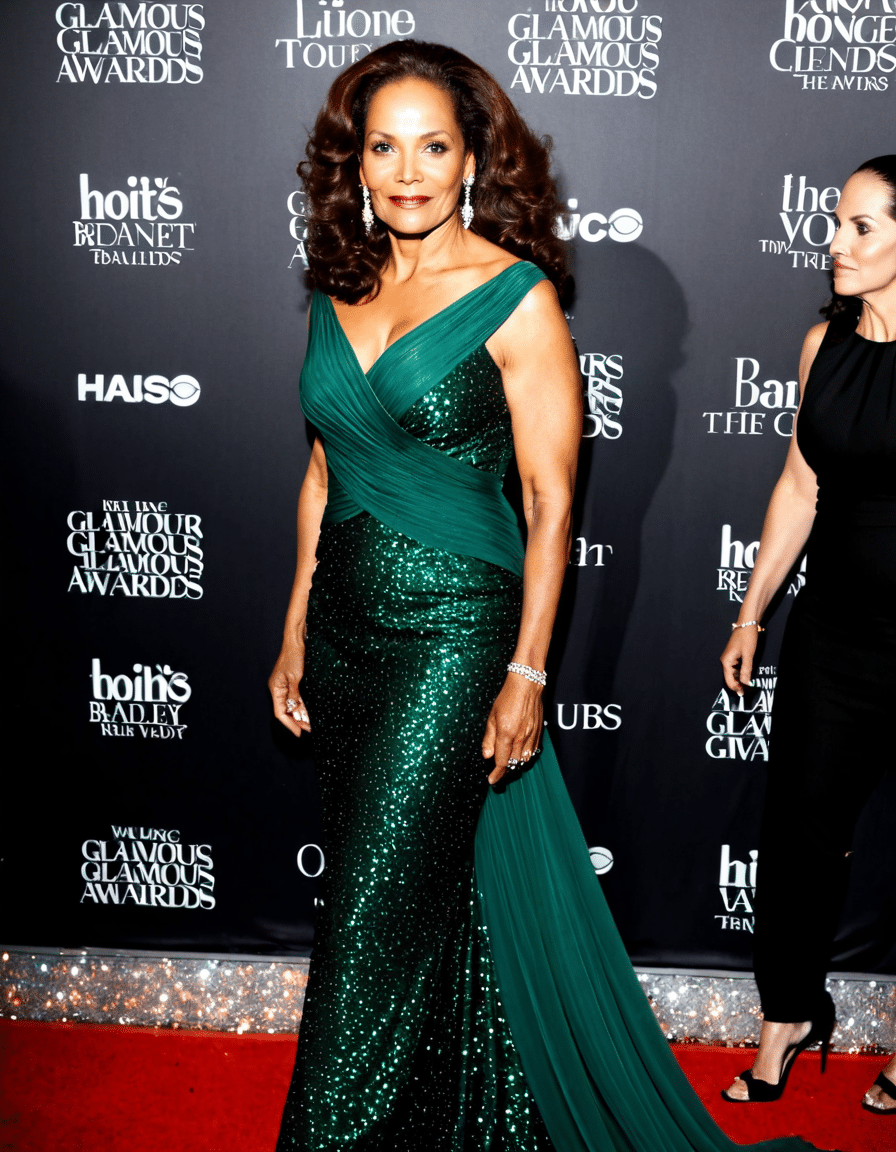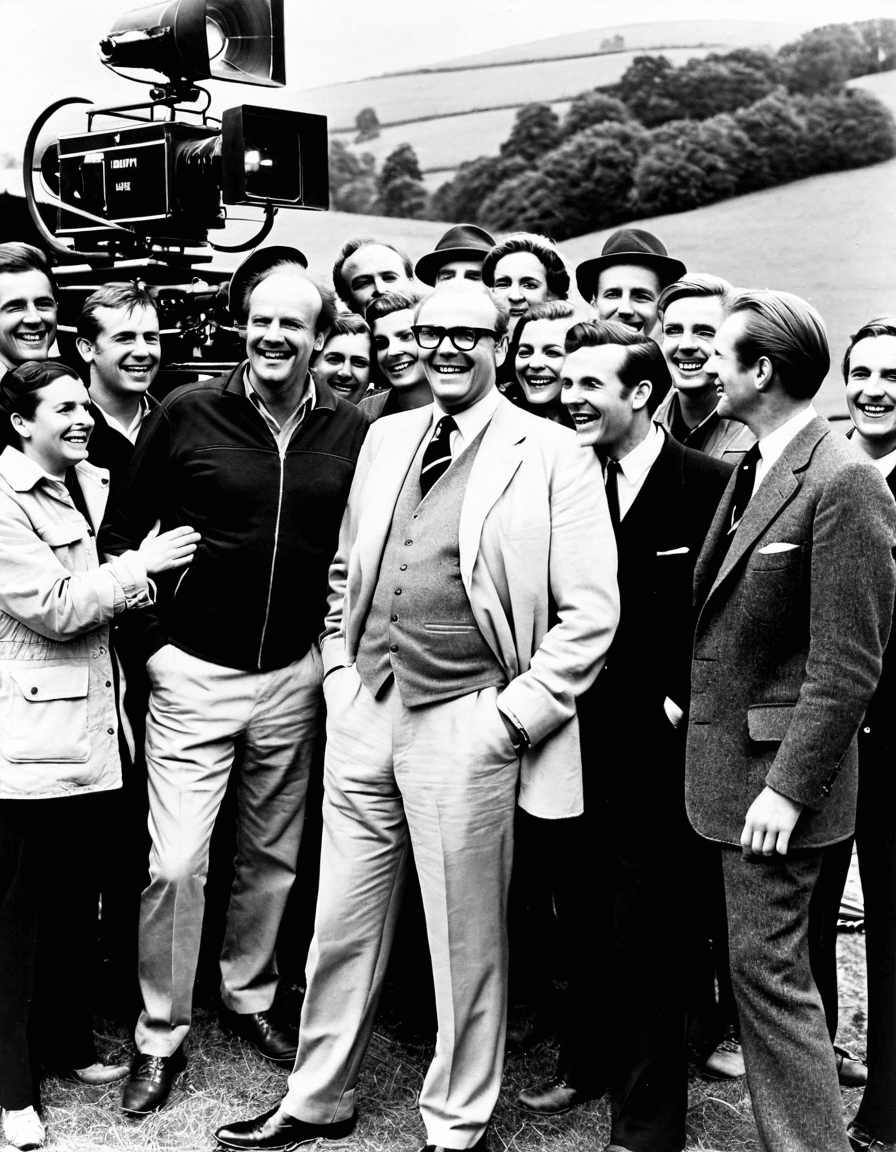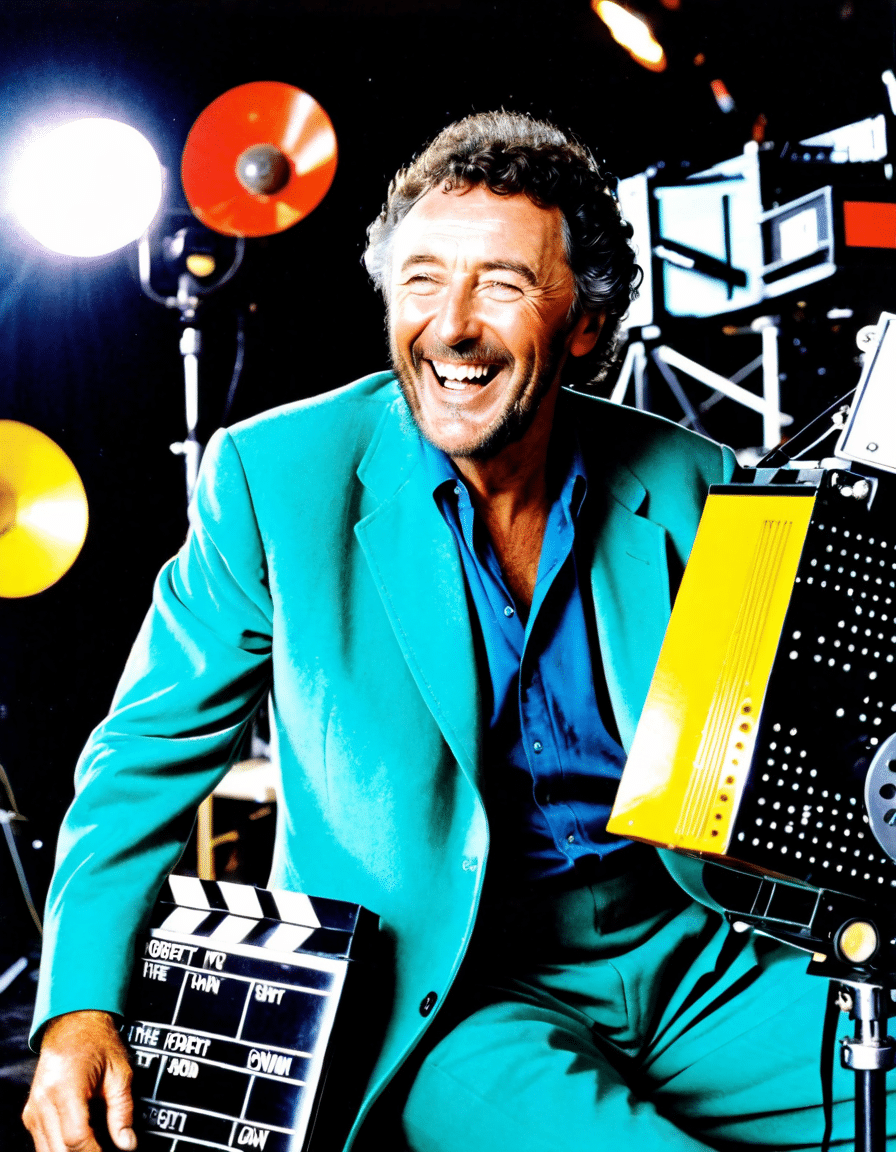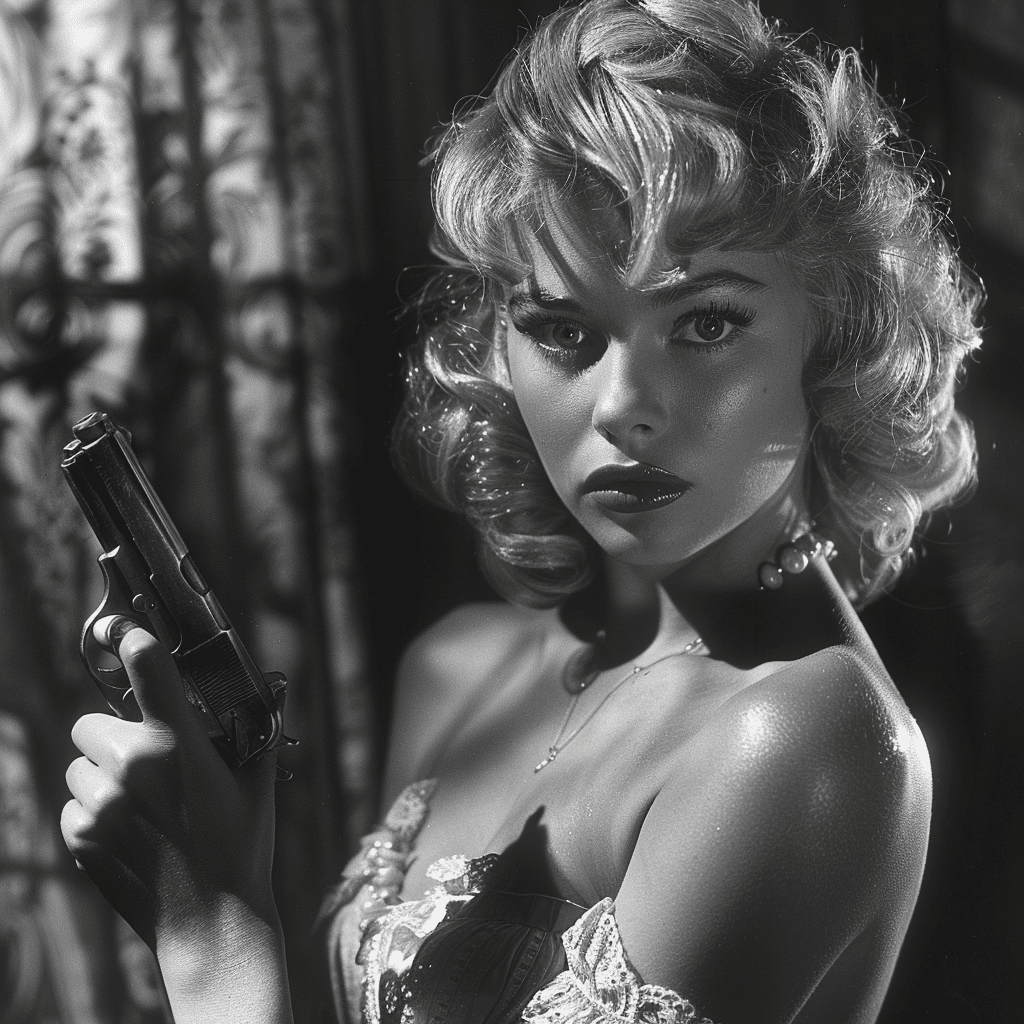Mary Badham, widely celebrated for her unforgettable role as Scout Finch in the film adaptation of Harper Lee’s classic novel To Kill a Mockingbird, has left an indelible mark on cinema. At just 10 years old, Mary Badham captured hearts with her raw and poignant portrayal of a young girl grappling with the harsh realities of societal injustice. Her performance didn’t just earn her an Academy Award nomination for Best Supporting Actress; it solidified her place as a true icon in the film industry. Badham’s journey in Hollywood often reflects the pressures and challenges that young performers face as they transition into adulthood, staying relevant in an industry that can often forget about the artists who grew up in it.
In today’s world, as we dive deep into the fabric of storytelling, Mary Badham’s work illustrates the emotional depth, innocence, and unwavering curiosity of childhood. Her influence resonates across generations, continuously inspiring budding actors and necessitating discussions around the themes of her seminal film.
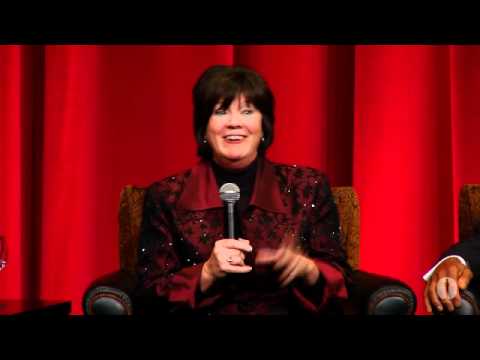
7 Reasons Mary Badham Remains a Timeless Figure in Cinema History
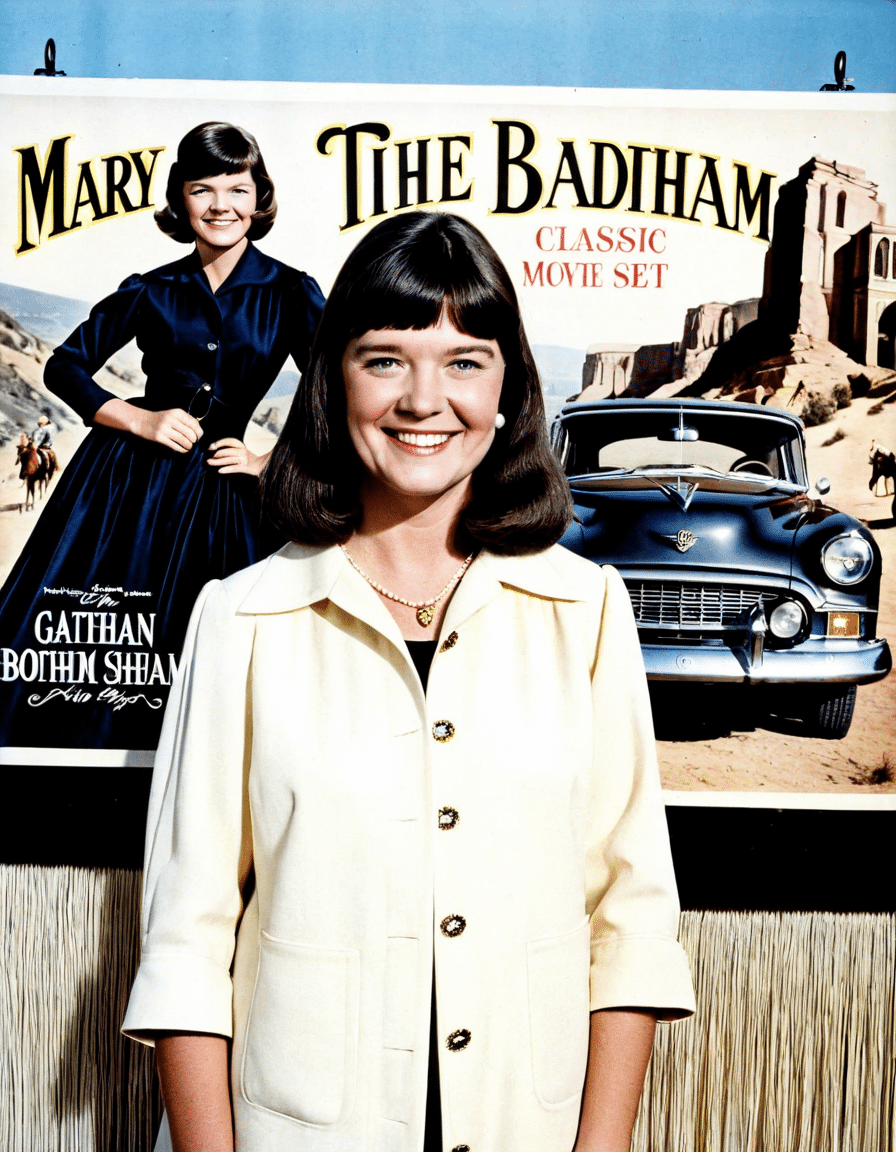
1. Her Groundbreaking Role in To Kill a Mockingbird
Mary Badham’s portrayal of Scout Finch remains one of the most memorable performances in cinematic history. The way she captured the innocence and fierce curiosity of a child confronting adult issues showcased a talent well beyond her years. By allowing the complexities of discrimination and morality to seep through her performance, Badham created a character that audiences could relate to and understand deeply. Her ability to encapsulate emotions at that tender age was truly remarkable, earning her a nomination for an Academy Award, marking her as one of the youngest actresses to ever achieve such recognition.
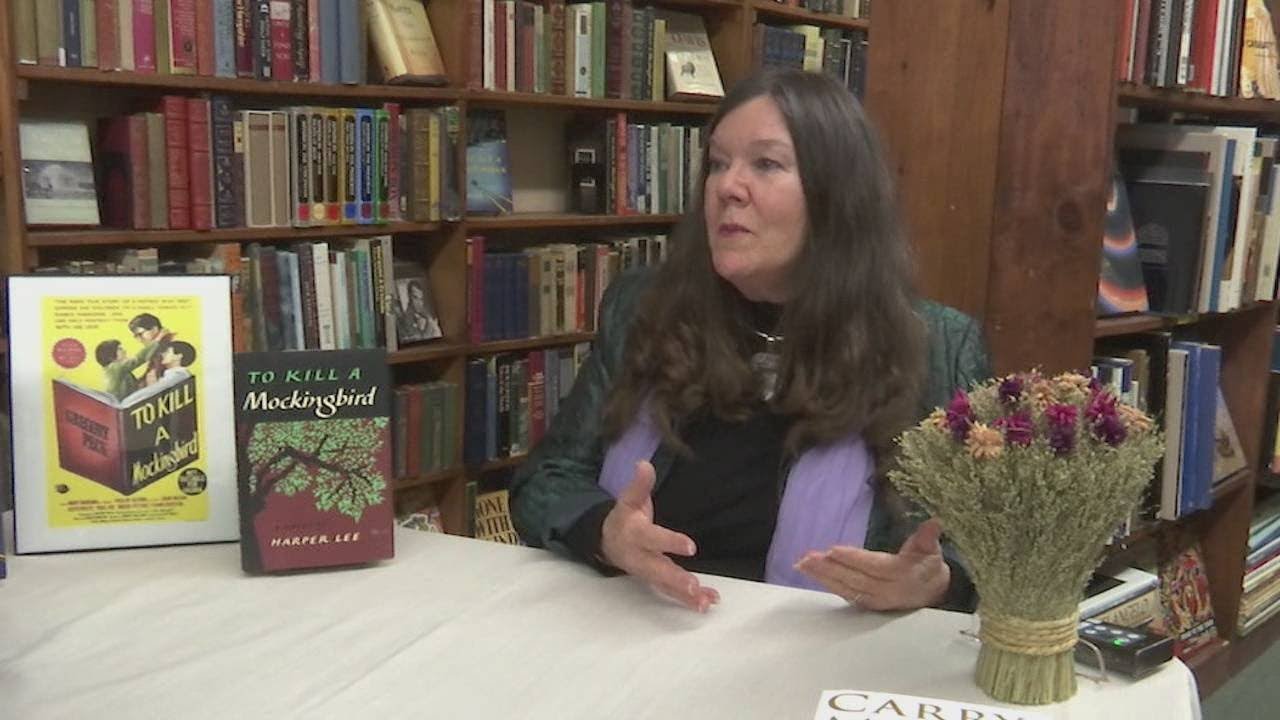
2. Impact on Future Generations of Actresses: Lucy Deakins and Beyond
Badham’s impact didn’t stop with her own success; she paved the way for future generations of actresses like Lucy Deakins. Deakins, known for her performances in The Great Outdoors and The Legend of Billie Jean, cites Badham as a pivotal inspiration in her career. The emotional depth that Badham brought to her role inspired many young actresses to tackle challenging parts that mirror the sort of weighty narratives commonly explored in today’s films. The ripple effect of Badham’s iconic role serves as a beacon for aspiring performers, encouraging them to pursue their own passions in storytelling.
3. Navigating Hollywood: A Tale of Resilience
After her monumental success, Mary Badham faced inevitable pressures that come with child stardom. Unlike many of her contemporaries who succumbed to the glitz and glamor, Badham charted her unique course with resilience. Instead of remaining tangled in the seductive web of Hollywood, she chose education over celebrity. Earning a degree in social work, Mary Badham prioritized personal growth—a rare distinction that highlights her grounded approach to fame. This decision illustrates that not all child actors experience the same fate and underlines the importance of forging one’s identity beyond the silver screen.
4. Comparison with Other Young Stars: Susan Cabot and Lydia Peckham
When we look at the trajectories of other young actresses like Susan Cabot and Lydia Peckham, contrasting paths emerge. Cabot faced numerous personal struggles, impacting her career trajectory significantly. Lydia Peckham managed to find a stable presence in supporting roles, but neither could match the lasting legacy that Mary Badham created. Badham’s choice to step back from the spotlight after To Kill a Mockingbird adds another layer to her story, revealing a thoughtful artist who knew when to take a step back.
5. Reimagining Her Career: Collaborations with Katherine Waterston
In the contemporary landscape of Hollywood, Mary Badham has engaged with modern actresses like Katherine Waterston to discuss the evolving nature of film. Waterston, known for her roles in Fantastic Beasts and Blue Jay, represents the new wave of diverse storytelling. In these discussions, Badham has shared how her formative experiences resonate with current industry challenges, such as the ongoing conversations about representation and the need for diverse narratives in filmmaking. Her engagement in such collaborations signifies her ongoing commitment to the arts, bridging the past and present.
6. Legacy of Activism and Education in the Arts
Beyond her film career, Mary Badham has embraced activism within the arts. She’s involved in initiatives that promote arts in education, showing that she understands the transformative power of storytelling. By championing arts programs in schools, Badham empowers young audiences to recognize the importance of creativity and narratives in fostering community and cultural understanding. By sharing her journey, she encourages countless young minds to appreciate and engage with the artistic process.
7. An Icon Revisited: Continued Relevance of To Kill a Mockingbird
As society grapples with ongoing discussions about race, justice, and morality, To Kill a Mockingbird remains a seminal text. Mary Badham’s remarkable portrayal of Scout serves as an important catalyst for these essential conversations—one that continues to ignite critical thinking in educational settings. The way her character embodies innocence while challenging societal norms resonates more powerfully than ever. The lessons derived from her childhood curiosity remain pertinent, reminding us all of the crucial importance of empathy and understanding.

Mary Badham’s Enduring Influence on Film and Society
Mary Badham exemplifies how a child actor can leave a lasting influence on film and society. Her work in To Kill a Mockingbird transcends generations, prompting not only nostalgic reflection but also critical analysis of themes that resonate today. By standing strong in her commitment to arts and education, she continues to shape American cinema in ways that deeply touch audiences. As we reflect on her remarkable journey, Mary Badham reminds us of storytelling’s power and the need for voices like hers in advocating for understanding and change within our communities.
If Badham’s legacy teaches us anything, it’s that our stories matter—echoing through time, compelling us to listen and, most importantly, to empathize. As we celebrate her contributions to cinema, we also celebrate the ongoing legacy of To Kill a Mockingbird and its call to action: to appreciate, question, and change the world we live in.
In the grand tapestry of film history, Mary Badham isn’t just a star; she’s a guiding light, illuminating the path for others to follow.

Mary Badham: The Iconic Star of To Kill a Mockingbird
A Star is Born
Mary Badham, best known for her unforgettable role as Scout Finch in To Kill a Mockingbird, was just a young girl when she captured hearts worldwide. Can you believe she was only 10 years old during filming? But she wasn’t a stranger to the spotlight. Before her famous performance, she had a role in the short film “The Big Show,” which was quite a treat for audiences looking for fresh talent. Badham’s portrayal of Scout earned her an Academy Award nomination, making her one of the youngest nominees in history—a feat that certainly puts her in the same company as other notable stars like Holland Taylor, who has her own remarkable array of roles in Movies And TV Shows.
Behind the Scenes
While filming, Mary and her co-star, Phillip Alford (who played Jem), often shared light-hearted moments that showcased their youthful charm. Interestingly, Badham grew up with a deep appreciation for storytelling, which she attributes to her parents, who were both educators. This foundation helped her connect with the narrative of To Kill a Mockingbird on a profound level. Her love for acting didn’t just stop after this iconic film; she later worked in various productions, including a role in the ‘70s film “The Birth Movie—a fascinating exploration of different life events that reflect her versatile career journey (birth movie).
Life After Mockingbird
Mary Badham’s life after To Kill a Mockingbird was anything but dull. She transitioned into teaching and even became an advocate for arts education, encouraging young actors to pursue their dreams. One of her later appearances included an appearance with Danielle Brooks, another actress renowned for her work, including her notable performances in Movies And TV Shows. Despite stepping back from the limelight, Badham’s legacy continues to inspire aspiring artists.
Mary Badham’s journey truly showcases the highs and lows of growing up in the public eye. From her early days alongside legends to mentoring the next generation of storytellers, she remains a beloved figure in cinema history. Her transformation into a passionate advocate and educator is a testament to her character, much like the profound messages found in the adventures of Scout Finch. Whether in conversations about her career or while admiring works by other stars like Danielle Macdonald or the quirky Parker Posey in many Films, it’s clear that Mary Badham left an indelible mark on the industry.
